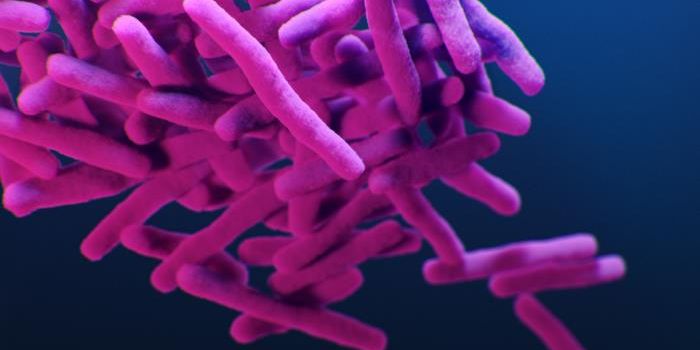
A team from the Perelman School of Medicine at the University of Pennsylvania in Philadelphia - the oldest medical school in the United States - is using a zebrafish model of a human genetic disease called neurofibromatosis (NF1) to target treatment for the disorder. The team has discovered that the learning and memory components of the disorder are distinct features that will likely need different treatment approaches, according to an article published in the September issue of Cell Reports.
NF1, one of the most common inherited neurological disorders, affects approximately one in 3,000 people. It can include tumors, attention deficits and learning problems and normally manifest symptoms in people before the age of 10. Currently available therapies target Ras, a protein family that guides cell proliferation. The logic is that the NF1 gene encodes neurofibromin, which is a very large protein with a small domain involved in Ras regulation.
However, the Penn researchers demonstrated that some of the behavioral defects in mutant fish are not related to abnormal Ras. They can be corrected by drugs that affect another signaling pathway controlled by the small molecule cAMP. Using the zebrafish model of NF1, they showed that memory defects, such as the recall of a learned task, can be corrected by drugs that target Ras, while learning deficits are corrected by modulation of the cAMP pathway. The findings could have significant implications for potential therapies in people with NF1.
"We now know that learning and memory defects in NF1 are distinct and potentially amenable to drug therapy," says co-senior author, Jon Epstein, M.D., chair of the department of Cell and Developmental Biology. "Our data convincingly show that memory defects in mutant fish are due to abnormal Ras activity, but learning defects are completely unaffected by modulation of these pathways. Rather, these deficits are corrected with medicines that modulate cAMP."
During the past 20 years, zebrafish have become models for studying development and disease. As is the case with humans, zebrafish are vertebrates. Most of the genes required for normal embryonic development in zebrafish are also present in humans. If they are not properly regulated, the same genes often cause tumor formation and metastatic cancers.
Zebrafish also have been used for studying vertebrate neuroscience and behavior. Co-senior author Michael Granato, Ph.D., professor of Cell and Developmental Biology, who has developed the first high-throughput behavioral assays that measure learning and memory in fish, explains, "Normal fish startle with changes in noise and light level by bending and swimming away from the annoying stimuli and do eventually habituate, that is get used to the alternations in their environment. But, NF1 fish mutants fail to habituate. However, after adding cAMP to their water, they do learn, and then behave like the non-mutant fish."
The Penn researchers believe that this clearly indicates that learning deficits in the NF1 mutant fish are corrected by adding various substances that boost cAMP signaling. "Our data also indicate that learning and memory defects are reversible with acute pharmacologic treatments and are therefore not hard-wired, as might be expected for a defect in the development of nerves," said Epstein. "This offers great hope for therapeutic intervention for NF1 patients."
Co-first authors Marc A. Wolman and Eric D. de Groh, Sean M. McBride, and Thomas A. Jongens, all from Penn, were also involved in the paper. The work was funded by the National Heart, Lung and Blood Institute (R01 HL062974, HD 37975A11) and the National Institute of Mental health (RO1 MH092257), the Department of Defense, the FRAXA Research Foundation and the University of Pennsylvania Clinical Research Scholars Program.
 A team from the Perelman School of Medicine at the University of Pennsylvania in Philadelphia - the oldest medical school in the United States - is using a zebrafish model of a human genetic disease called neurofibromatosis (NF1) to target treatment for the disorder. The team has discovered that the learning and memory components of the disorder are distinct features that will likely need different treatment approaches, according to an article published in the September issue of Cell Reports.
A team from the Perelman School of Medicine at the University of Pennsylvania in Philadelphia - the oldest medical school in the United States - is using a zebrafish model of a human genetic disease called neurofibromatosis (NF1) to target treatment for the disorder. The team has discovered that the learning and memory components of the disorder are distinct features that will likely need different treatment approaches, according to an article published in the September issue of Cell Reports.







